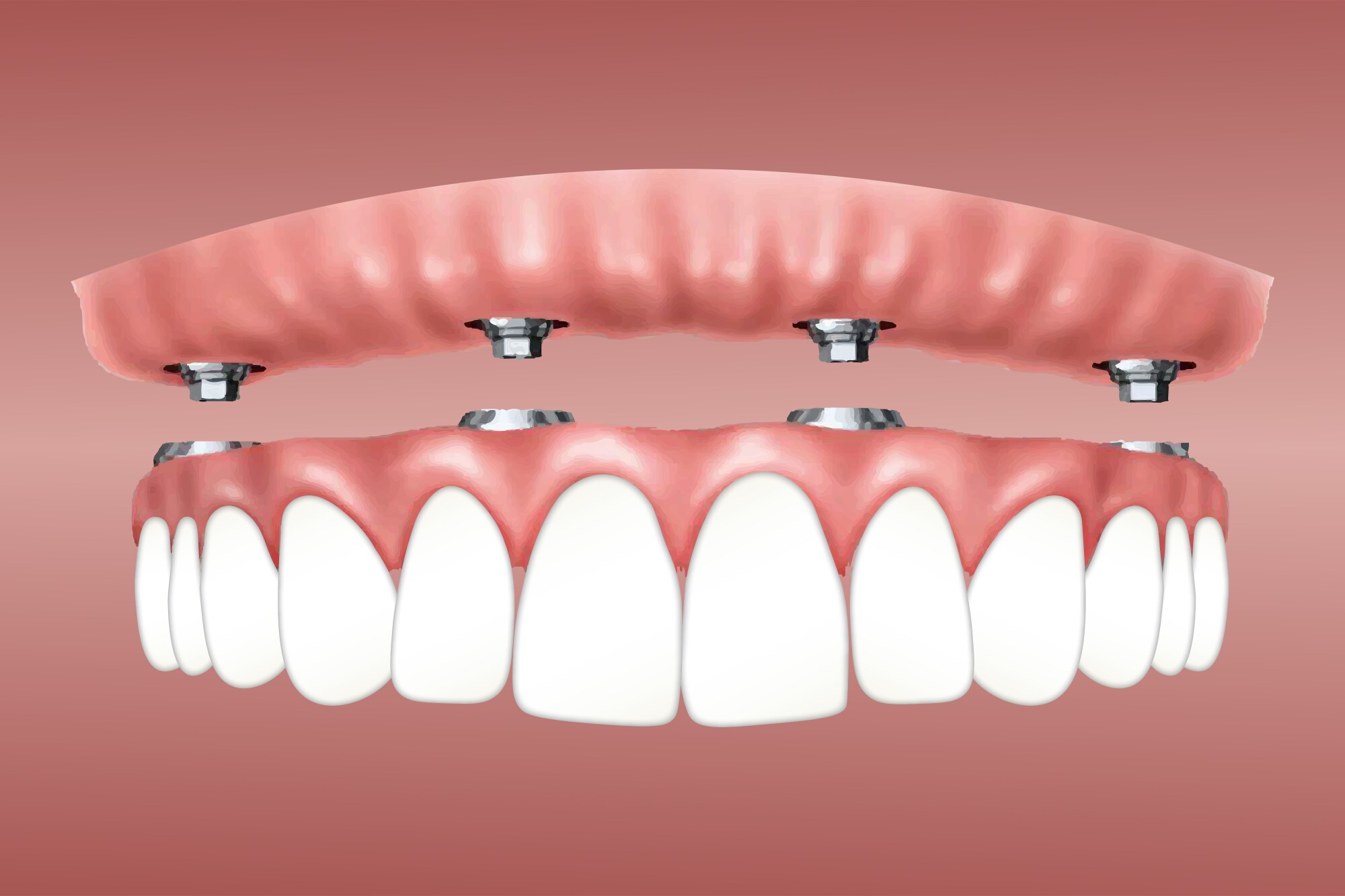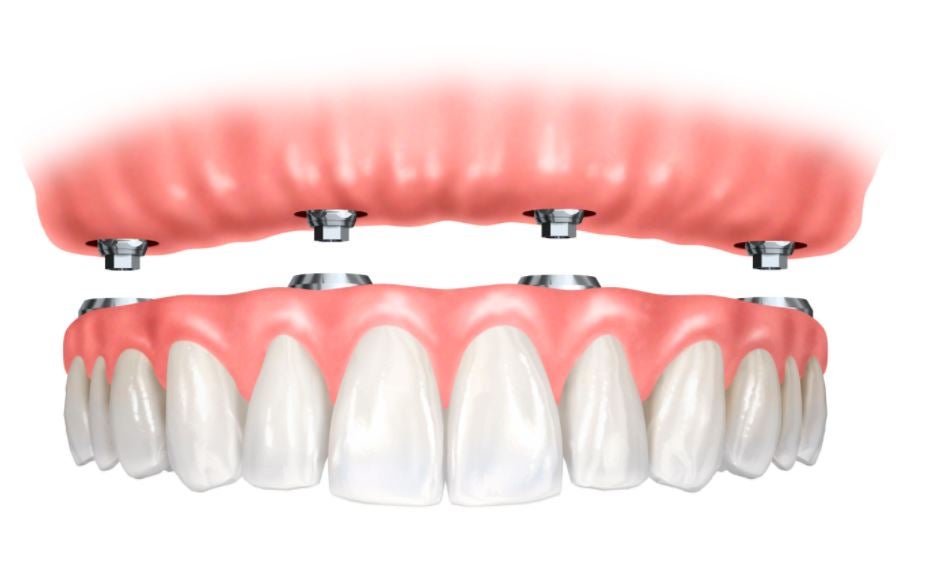Dental Sense Things To Know Before You Get This
Table of ContentsThe Greatest Guide To Dental SenseWhat Does Dental Sense Do?The smart Trick of Dental Sense That Nobody is DiscussingThe Ultimate Guide To Dental Sense
are medical tools surgically implanted right into the jaw to recover an individual's capability to eat or their appearance. They offer assistance for synthetic (fake) teeth, such as crowns, bridges, or dentures. When a tooth is lost because of injury or disease, an individual can experience difficulties such as fast bone loss, defective speech, or changes to eating patterns that cause discomfort.Dental implant systems include a dental implant body and dental implant joint and may additionally include an abutment fixation screw. Root canal procedure. The dental implant body is operatively placed in the jawbone instead of the tooth's origin. The dental implant abutment is usually affixed to the implant body by the abutment addiction screw and expands with periodontals into the mouth to support the attached man-made teeth
Smoking cigarettes might affect the healing process and lower the long-lasting success of the implant. The healing process for the dental implant body might take numerous months or longer, during which time you commonly have a temporary abutment instead of the tooth. the dental implant treatment: Thoroughly follow the dental health directions offered to you by your dental company.
The Main Principles Of Dental Sense
Implant failure can lead to the need for another operation to deal with or change the implant system. Restores the capacity to chew Recovers aesthetic appearance Aids maintain the jawbone from reducing because of bone loss Protects the wellness of the bordering bone and gums Assists keep nearby (neighboring) teeth steady Improves quality of life Damage to surrounding natural teeth during implant positioning Injury to the surrounding cells throughout surgical procedure, such as sinus opening Injury throughout surgical treatment (for instance, crack of surrounding jawbone) Poor feature, such as really feeling like the teeth do not attack together usually A sensation that the tooth is loosened or turning in area arising from a joint screw loosening up Implant body failure (looseness of the dental implant body) because of systemic infection, which may be extra likely in people with unchecked diabetes mellitus because of local infection in bone and gum tissues sustaining the dental implant body as a result of postponed healing, which might be most likely in clients who smoke Difficulty cleansing the gum tissues around the dental implant, causing inadequate oral health Unattended periodontal illness Post-surgical tingling because of nerve impingement or damages Always inform health treatment service providers and imaging service technicians that you have oral implants prior to any kind of magnetic resonance imaging (MRI) or x-ray procedures.
FDA is not knowledgeable about any type of adverse events reported for MRI or x-ray treatments with dental implants. Oral implants systems are usually made from materials that comply with worldwide consensus requirements of the International Company for Standardization (ISO) or ASTM International. These criteria have information of what makes a risk-free product.

A dental implant is a structure that changes a missing tooth. With screw-like devices, the cosmetic surgeon inserts an implant right into the jawbone, and it acts as an anchor for an artificial tooth, called a crown.
All about Dental Sense
Some people are not qualified for oral implant surgery. It is for dental surgeons to operate individuals with: severe illnessuncontrollable metabolic diseasebone or soft tissue condition or infectionIf these concerns are solved, a person can have the surgical procedure. In, oral specialists abstain from operating people with: If people with any of the above undertake oral implant surgical procedure, there is a greater risk of the implant falling short.

Oral dental implant surgical treatment is a tailored process. It's not the very same for every person. But the adhering to offers a basic summary of what you can expect your dentist, dental surgeon, periodontist or prosthodontist to do: Place the dental implant surgically. Provide you time to heal. Attach the message and final crown, bridge or denture.
Next, your specialist will carefully place the oral implant into your jaw. Lastly, your specialist will certainly rearrange your gum tissues and shut the cut with stitches. If your dental implant is near the front of your mouth, your dentist will make a momentary tooth for you to use up until you heal. This way, you will not have a gap in your smile while you recoup.
How Dental Sense can Save You Time, Stress, and Money.
Your company can tell you what to expect in your situation. During the recovery phase, your jawbone should fuse to the oral implant. This procedure, called osseointegration, is important for stability and lasting success. This process can take anywhere from three to 9 months. Sometimes, it might take longer.
As soon as your implant heals, your dental expert can affix the abutment (tiny connector blog post) and your final remediation (crown, bridge or denture). This generally takes about one hour to finish and read review might need a second minor surgery. You should not feel any type of discomfort throughout your dental implant treatment since your supplier will make use of medicine to numb your gum tissues.
Comments on “9 Simple Techniques For Dental Sense”